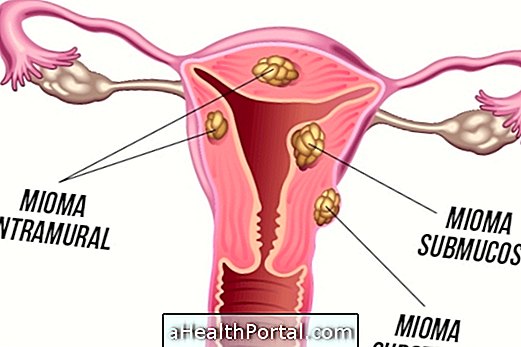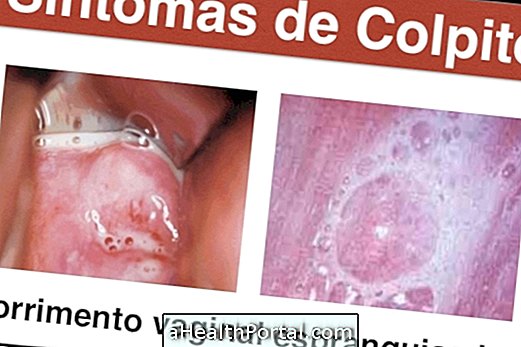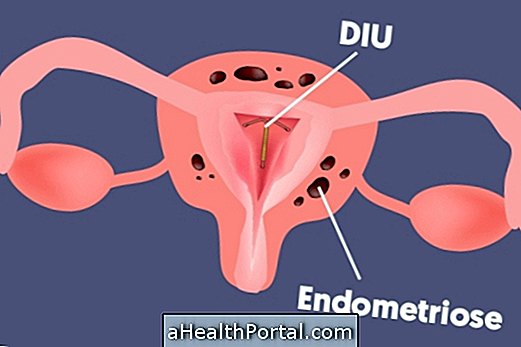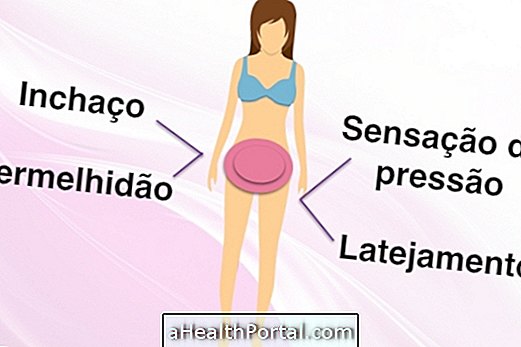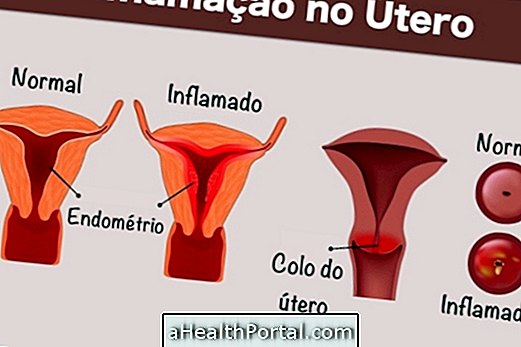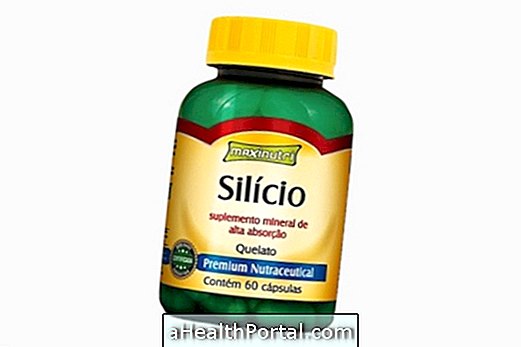For the treatment of the wound in the uterus, it may be necessary to apply gynecological, antiseptic, hormone-based ointments or products that help to heal the lesion, such as polycysulen, directed by the gynecologist.
Another option is to cauterize the cervix to remove cells that are inflamed, which can be laser or with chemicals, which removes inflamed tissue, allowing the growth of new cells and recovery of the skin.
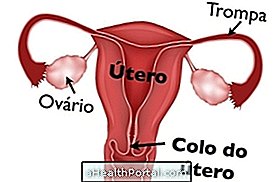

These lesions are common in women, and happen due to hormonal changes or infections, and can affect women of all ages. To know more about what causes and symptoms of this disease, read: Wounded in uterus.
Remedies for the wound in the uterus
The treatment for wounds in the uterus should always be directed by a gynecologist and can be done with the application of gynecological ointments with antiseptic, hormonal or regenerating properties, such as polyresulene, clostebol and neomycin, for example, which help to heal the lesion, and should be applied daily, especially at night, before bedtime.
In addition, in cases where wounds were caused by cervical infections such as Chlamydia, Candidiasis, Syphilis, Gonorrhea and Herpes, for example, the use of antibiotics prescribed by the gynecologist, which may be per tablet or by ointments, such as Nystatin, Acyclovir, Azithromycin, Penicillin, Clindamycin, for example.
Cauterization to treat the wound in the uterus
In some cases, the ointment is not enough for wound healing, requiring a procedure called cauterization, which can be done to remove inflamed tissue and allow the uterus to heal with healthy skin.
Thus, according to the type of injury and severity, the physician may indicate to do:
- Cauterization through cryotherapy: which is a burn made with cold and chemicals, to remove inflamed tissue;
- Electrocautery: is a procedure in which the cells are removed with an electric current, through electricity or laser.
These techniques are often used to treat more severe inflammation of the cervix, such as cervicitis, cysts, HPV virus lesions, or lesions that are at risk of becoming cervical cancer. Learn more about cauterization in: Cauterization of the cervix.
If the treatment is not done, the wound may increase, causing infertility, preventing pregnancy, or even causing cancer.
The healing of the wound takes 2-3 weeks, and during this time, to facilitate recovery and not to have complications, such as infections, one should avoid having intimate contact, besides maintaining a daily intimate hygiene using running water and neutral soap, drying the area well and wearing cotton panties. Learn more tips on: How to do intimate hygiene.
In order to prevent wounds in the uterus from worsening, it is important that all women consult with a gynecologist at least once a year or every 2 years, and whenever symptoms develop such as discharge, for a gynecological examination and changes or risk of changes in the uterus.

Treatment for wounds in the womb in pregnancy
To treat the wound of the uterus in pregnancy, the same procedures are done as in the woman who is not pregnant, and in these cases, treatment should be done as soon as possible to prevent inflammation and infection from causing harm to the baby, such as abortion, premature birth, developmental delay and infections.
In addition, when necessary to use medications or ointments, the gynecologist will choose those that cause the baby the lowest risk, preferring antiseptic and healing ointments, and using antibiotics and hormones only when necessary.
Natural treatment for wound in uterus
Home treatment for wounds in the uterus should not replace the treatment indicated by the doctor, but may be a complement and may in some cases help to recover more quickly.
In this way, tea can be prepared and taken with guava leaves, as this plant has antibiotic and healing properties that help in uterine recovery. Another good alternative is the tea from the canning leaves. Learn more at: Natural Remedy for Inflammation in the Uterus.
